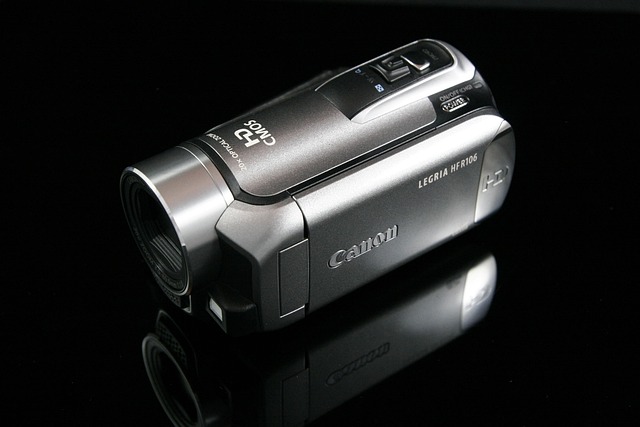The exploration of audiovisual perception has captivated both modern science and philosophy, creating an intricate tapestry through which we can better understand the human experience. Audiovisual stimuli are fundamental to our interactions and interpretations of the world. In the modern scientific landscape, researchers delve deeply into the way we process sound and sight, revealing that our perceptual experiences are not merely the sum of senses, but a phenomenon that integrates and transcends individual modalities.
In the field of neuroscience, a significant focus has been placed on how our brain regions collaborate to create cohesive audiovisual experiences. For example, numerous studies have shown that when people watch films or listen to music, their brains synchronize in fascinating ways, allowing them to create emotional connections with what they are perceiving. This lays the groundwork for understanding how audiovisual stimuli can evoke memories, feelings, and even social empathy, bridging gaps between individuals on both personal and societal levels.
Modern philosophy further enriches this dialogue, branching from traditional phenomenology to consider how human beings experience sound and sight. Pioneers of phenomenology, like Husserl and Merleau-Ponty, emphasized the importance of embodied experience, suggesting that perception is an active, participatory process that extends beyond observation. This view aligns perfectly with contemporary thought, which often observes the multisensory nature of our existence. In essence, the phenomenon of audiovisual perception bridges not only our senses but also our consciousness and our understanding of reality.
In this modern philosophical framework, various thinkers have illuminated the role of context and intention in shaping audiovisual events. The environment in which we receive these stimuli influences our feelings, perceptions, and interpretations. For instance, consider how a melancholy piece of music can resonate differently when accompanied by poignant visuals in a film versus when heard in isolation. The interplay between audio and visual elements crafts a richer narrative and engenders a deeper emotional response, highlighting the complexity of human experience.
Furthermore, the advent of technology has transformed our relationship with audiovisual perception. Virtual reality and augmented reality offer new dimensions for experiments and experiences that challenge our conventional understanding of space and time. The sensory overload of modern media consumption complicates our phenomenological approach, prompting philosophers to ponder whether our experiences are becoming more fragmented and disjointed. This leads us to interrogate the impact of digital environments on the authenticity of our audiovisual experiences.
As scientists and philosophers continue to collaborate and communicate, we find ourselves at a unique junction. The study of audiovisual perception is not just about understanding how we see and hear, but rather how these experiences shape our identity and influence our emotional lives. Can we truly escape the synthesis of sound and sight in our pursuit of knowledge? The possibility of reconciling scientific inquiry with philosophical thought suggests a profound realization: that our perception is not only a mechanism of understanding; it is a deeply personal yet universally shared phenomenon. Through embracing the nature of audiovisual experiences, we gain insight into the complexities of existence itself, driving forward both dialogue and discovery in avenues that resonate across disciplines.



